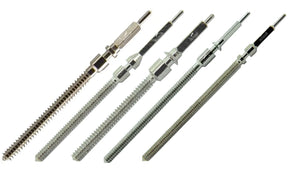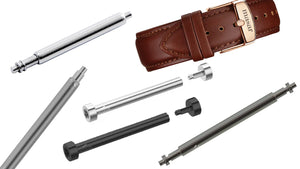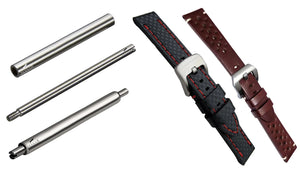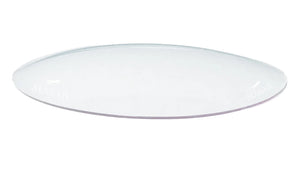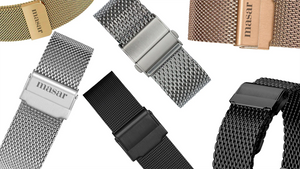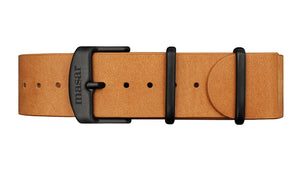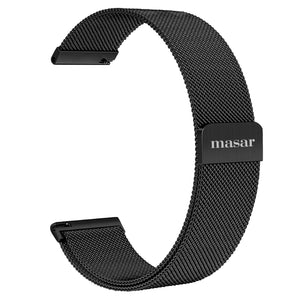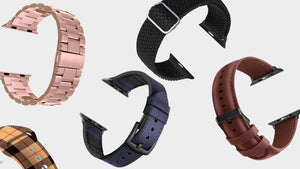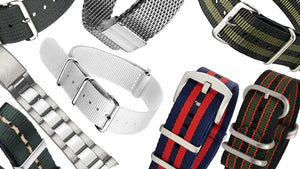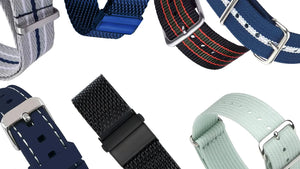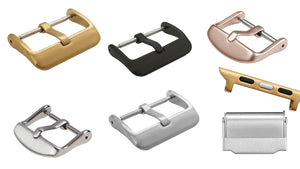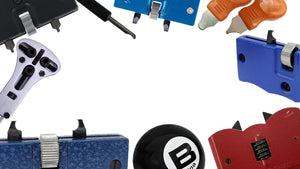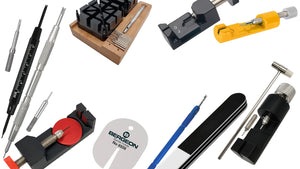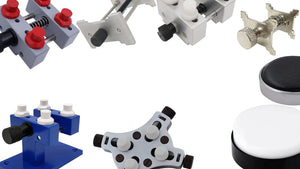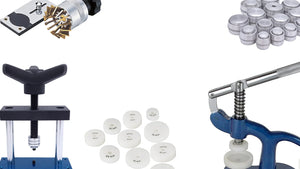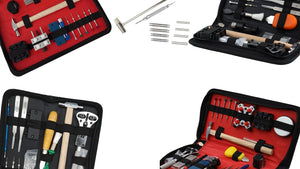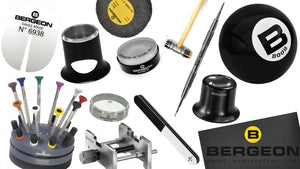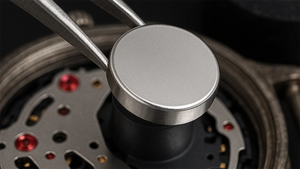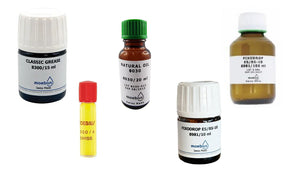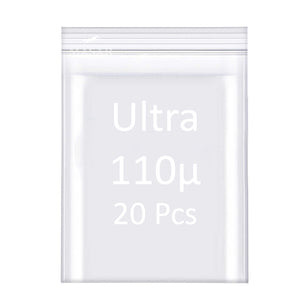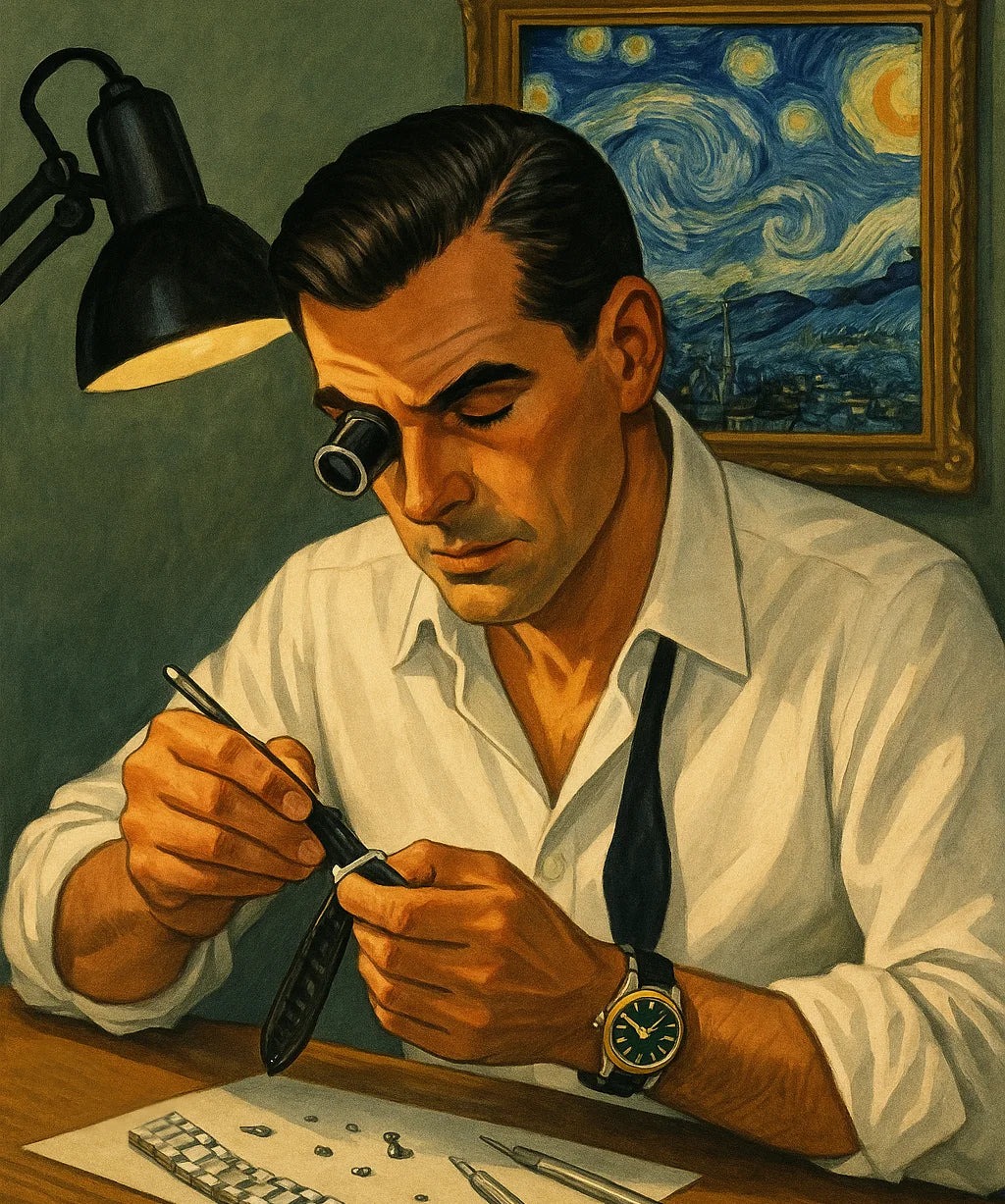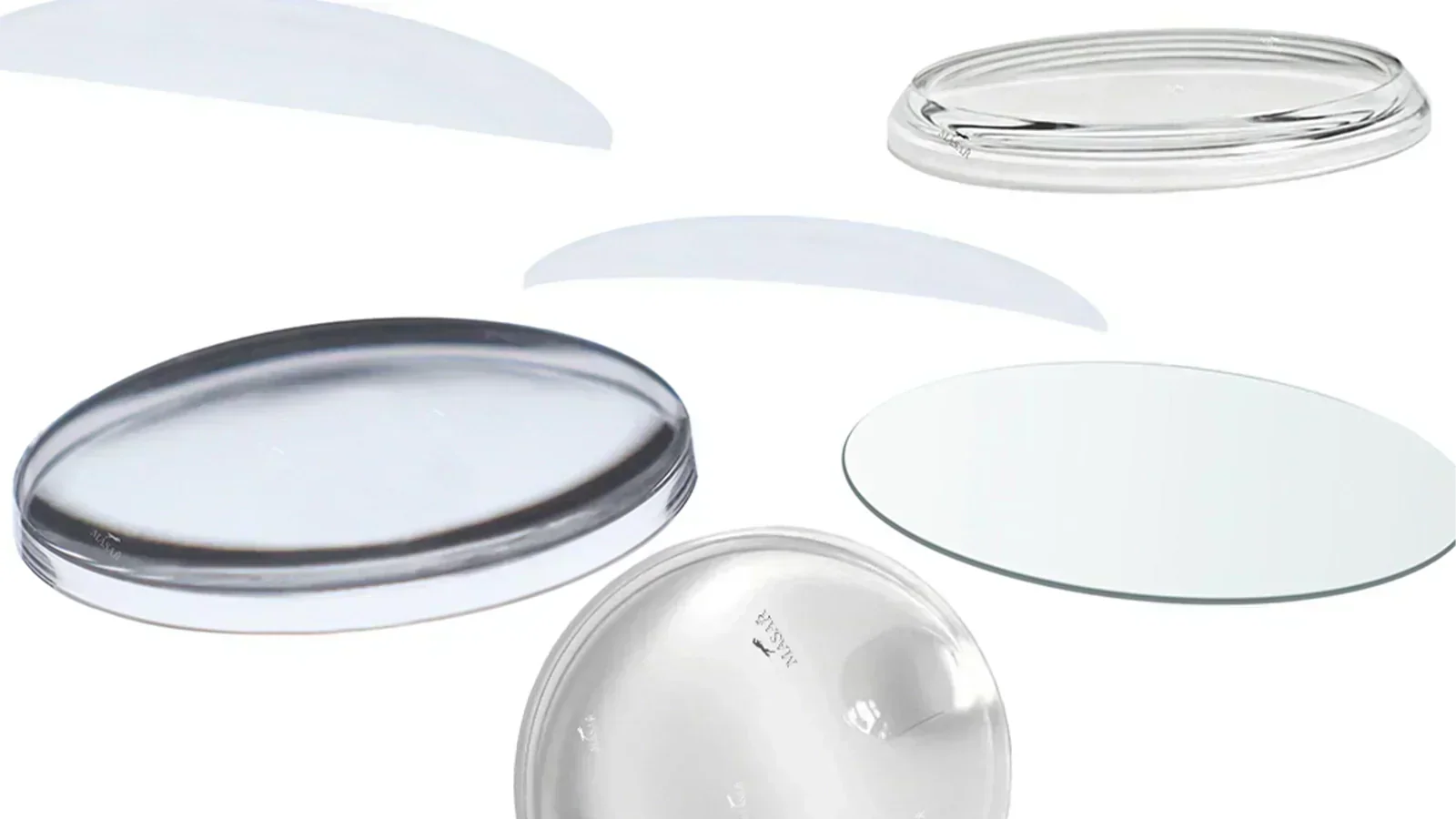How to select and choose your watch glass: Complete guide
Choosing the right watch glass is a crucial step when it comes to repairing or customizing your watch. It's not just about replacing a broken part, but about choosing a glass that meets your needs in terms of durability , aesthetics , and practicality . Whether you're a watch enthusiast or simply looking for a functional watch, this article will guide you through the different types of glass available and the factors to consider to make an informed choice.
1. The different types of watch glass
Watch glass can be made from a variety of materials, each offering distinct characteristics in terms of strength, clarity, and cost. Here are the main materials used to make watch glass:
1.1. Mineral glass
Mineral glass is one of the most common and affordable types of watch glass. This glass is made from fused silica and is often treated to provide better scratch resistance.
-
Benefits :
-
Good value for money.
-
Resistant to moderate shocks.
-
Easy to replace.
-
-
Disadvantages :
-
Less scratch resistant compared to other types of glass (especially sapphire).
-
1.2. Acrylic glass (or plexiglass)
Acrylic glass is a transparent plastic material used in affordable and vintage watches. It is lightweight, flexible, and offers high impact resistance.
-
Benefits :
-
Cheaper.
-
Less likely to break if impacted.
-
Easy to polish in case of scratches.
-
-
Disadvantages :
-
Scratches more easily than mineral or sapphire glass.
-
Less wear resistant.
-
1.3. Sapphire crystal
Sapphire crystal is a high-quality glass, often used in luxury watches. This type of glass is made from corundum , an extremely hard crystal that is virtually unbreakable and highly scratch-resistant.
-
Benefits :
-
Scratch resistant (almost impossible to scratch with ordinary objects).
-
Very transparent and clear.
-
Very durable.
-
-
Disadvantages :
-
More expensive than other types of glass.
-
May break under strong impacts (although it is very scratch resistant, it is fragile on impact).
-
1.4. Hybrid or treated glass
Hybrid lenses are a combination of multiple materials, often mineral glass treated with special coatings to increase their scratch and wear resistance. This type of lens can offer a good compromise between performance and cost.
-
Benefits :
-
Better scratch resistance than standard mineral glass.
-
Less expensive than sapphire glass.
-
Often more shock resistant than sapphire crystal.
-
-
Disadvantages :
-
Less clarity and transparency than sapphire.
-
2. Selection criteria for a watch glass
When choosing a watch glass, it is important to consider several factors to ensure it meets your specific needs:
2.1. The type of use of the watch
The choice of glass largely depends on the intended use of the watch. For example, if you have a sports watch, you might want to choose acrylic or mineral glass, which is shock-resistant. For a luxury watch or one that will be worn every day, sapphire glass might be more suitable due to its scratch resistance and crystal-clear appearance.
2.2. Scratch resistance
Scratches are one of the main enemies of watch glass. If you're looking for a watch that will look new for many years, opt for sapphire or hybrid glass, which are the most scratch-resistant.
2.3. Durability and impact resistance
Acrylic and mineral glass are more flexible, meaning they are less likely to break if impacted, but more likely to scratch. If you're someone who engages in intense physical activity or sports, you may want to choose a lens that's more impact-resistant, such as acrylic or mineral glass.
2.4. The budget
Sapphire crystal is undoubtedly the most expensive. If you're on a budget, it might be better to choose mineral or acrylic crystal, which offer excellent value for money, especially if you don't intend to expose your watch to extreme conditions.
2.5. Aesthetics and transparency
Sapphire crystal is highly valued not only for its scratch resistance, but also for its high transparency and brilliance. If the visual appeal of the watch is a priority, a sapphire crystal will provide better clarity.
3. Tips for Watch Glass Maintenance
-
Avoid strong impacts : Even the toughest glass like sapphire can crack under extreme impact, so it's important to avoid strong impacts.
-
Clean your watch regularly : Use a soft, non-abrasive cloth to clean your watch crystal. Avoid using abrasive chemicals that could damage the crystal's finish.
-
Repair scratches immediately : If your watch has acrylic glass, it is possible to polish out light scratches. However, if the glass is mineral or sapphire, it is best to replace it in case of deep scratches.
4. Conclusion
The choice of watch glass depends on several factors, including your budget, the type of use of the watch, and your preferences in terms of durability and aesthetics. Whether you choose acrylic , mineral , or sapphire glass, each type of glass has its advantages and disadvantages. Make sure you understand your needs before making a choice, and remember that regardless of the type of glass, the care and protection of your watch will play a crucial role in its longevity.

